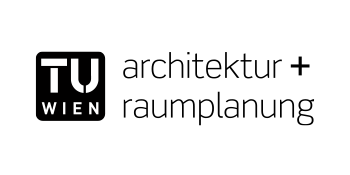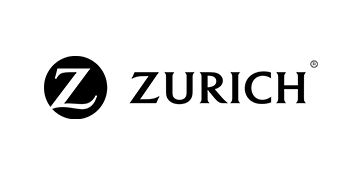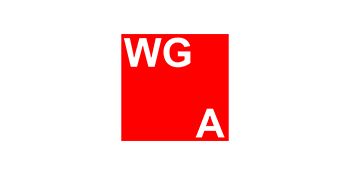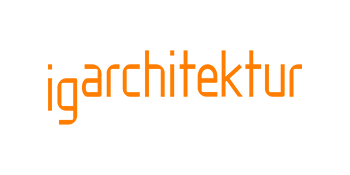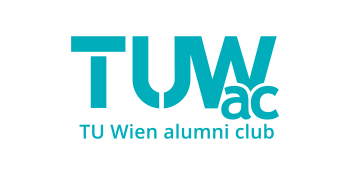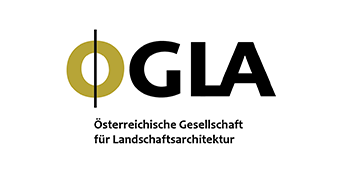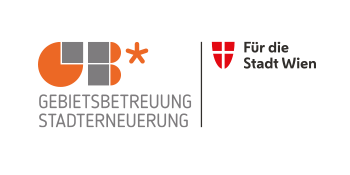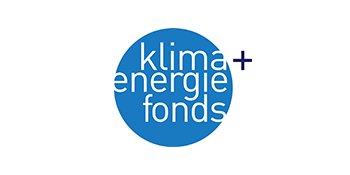biennial graduation show
in architecture and spatial planning
Out of more than 600 diploma works developed, submitted, defended and accepted in the last two years, 75 projects were chosen for this year’s exhibition and are displayed at eight different locations across Vienna. They can be seen at underused entrance lobbies, a student workspace, club rooms of public institutions and public interest groups, a neighourhood’s community locale and public space. To some extent therefore it could be argued that Archdiploma 23 opens up the TU Vienna to the city and its urban agencies.
This implies that Archdiploma 23 exposes the work undertaken for academic bravura to an audience much larger than students, researchers, teachers and staff of the TU’s Faculty for Architecture and Spatial Planning combined. Graduates gain the opportunity to share their work with people working in other academic fields, professional practices, private companies, for the interest of public good, grassroot social cohesion or even interested passers-by. Yet it is also because of the ways in which the displayed projects contribute to various fields of knowledge and how they relate to the building spaces they are exhibited in that a multi-faceted story of academic excellence can be told. […]
Out of more than 600 diploma works developed, submitted, defended and accepted in the last two years, 75 projects were chosen for this year’s exhibition and are displayed at eight different locations across Vienna. They can be seen at underused entrance lobbies, a student workspace, club rooms of public institutions and public interest groups, a neighourhood’s community locale and public space. To some extent therefore it could be argued that Archdiploma 23 opens up the TU Vienna to the city and its urban agencies. […]
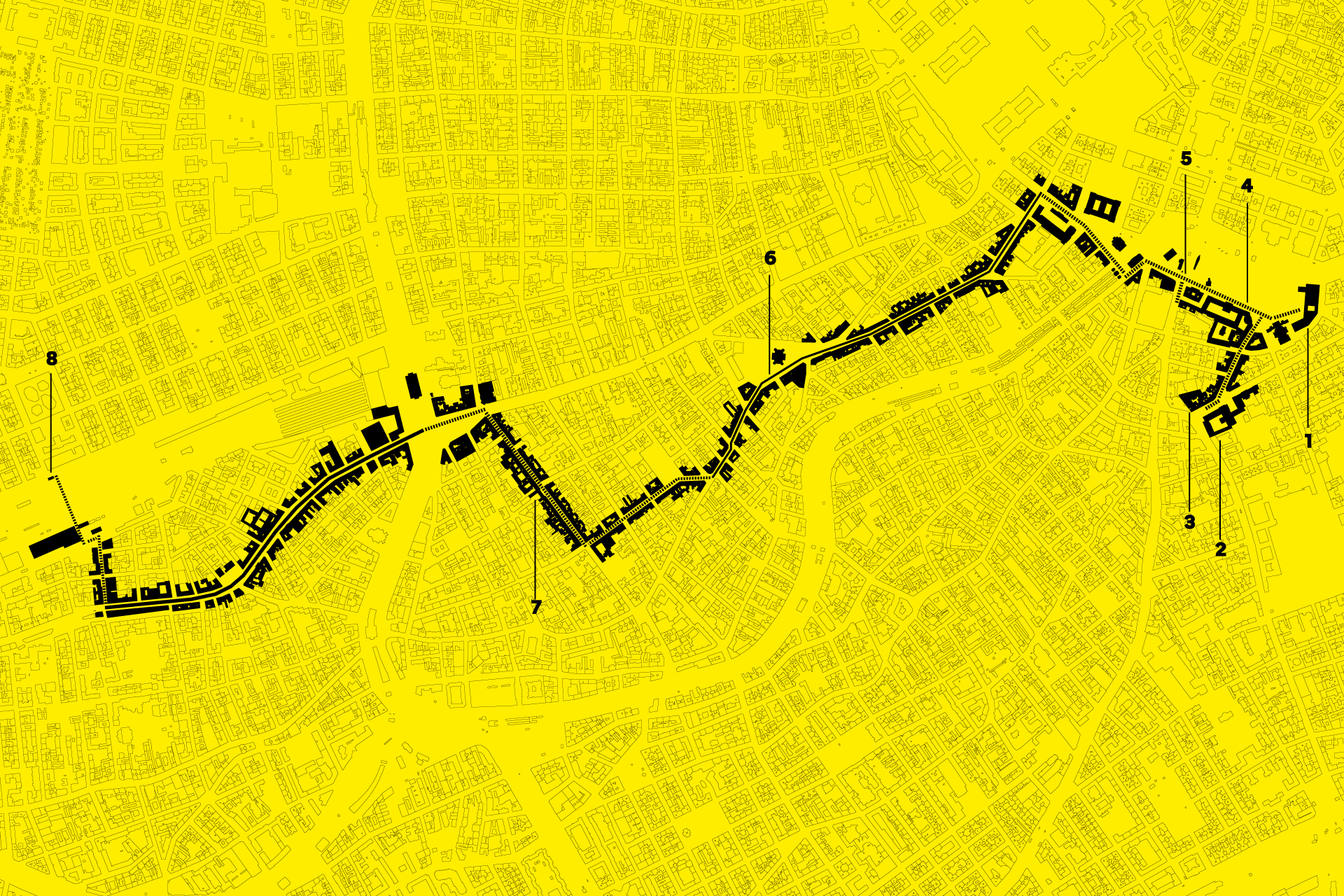
01
Bürogebäude Zürich Versicherung
Mattiellistraße 2-4, 1040 Wien
Mon, Wed, Thurs, Fri: 10:00 – 16:00
Tues: 10:00 – 19:00
02
TVFA Halle, TU Wien
Erzherzog-Johann-Platz 1, 1040 Wien
Mon, Wed, Thurs, Fri: 10:00 – 16:00
Tues: 10:00 – 19:00
03
Foyer Gußhaus, TU Wien
Gußhausstraße 27, 1040 Wien
Mon, Wed, Thurs, Fri: 10:00 – 16:00
Tues: 10:00 – 19:00
04
Foyer Post, TU Wien
TU Foyer Post Campus Karlsplatz
Karlsplatz 12, 1040 Wien
Mon, Wed, Thurs, Fri: 10:00 – 16:00
Tues: 10:00 – 19:00
05
Alumni Club, TU Wien
Resselgasse 5, 1040 Wien
Mon, Wed, Thurs, Fri: 10:00 – 16:00
Tues: 10:00 – 19:00
06
IG Architektur
Gumpendorferstraße 63b, 1060 Wien
Mon, Tues, Thurs, Sun: 14:00 – 17:30
Wed: 19:30 – 22:00
07
Haus der Landschaft
Stumpergasse 41, 1060 Wien
Mon, Tues, Thurs, Sun: 14:00 – 17:30
08
Stadtraum Mitte 15
Rustensteg 1, 1150 Wien
Mon, Tues, Thurs, Sun: 14:00 – 17:30
04. – 19.
October
2023
04. – 19.
October
2023
04/
Vernissage:
Wednesday, 04.10.2023
17:00h
_
TVFA Halle, TU Wien
Erzherzog-Johann-Platz 1
1040 Wien
10/
Meet the graduates:
Tuesday, 10.10.2023
17:00h – 19:00h
_
Zürich Versicherung
Mattiellistraße 2-4, 1040 Wien
Foyer Post, TU Wien
Karlsplatz 12, 1040 Wien
Alumni Club, TU Wien
Resselgasse 5, 1040 Wien
15/
Meet the graduates:
Sunday, 15.10.2023
14:00h – 16:00h
_
IG Architektur
Gumpendorferstraße 63b, 1060 Wien
Haus der Landschaft
Stumpergasse 41, 1060 Wien
Stadtraum Mitte 15
Rustensteg 1, 1150 Wien
17/
Meet the graduates:
Tuesday, 17.10.2023
17:00h – 19:00h
_
TVFA Halle, TU Wien
Erzherzog-Johann-Platz 1, 1040 Wien
Foyer Gußhaus, TU Wien
Gußhausstraße 27, 1040 Wien
18/
Soft Closing:
Wednesday, 18.10.2023
19:30h
_
IG Architektur
Gumpendorferstraße 63b, 1060 Wien
partners
We want to thank all those fantastic people who supported us throughout the curatorial and editorial process of making the Archdiploma 2023; graduate students who were with us from the very beginning and without whom this exhibition nor university would not exist; faculty members who were as eager to make this exhibition possible against all odds and many institutional hurdles; and a fantastic number of master students and team members who shared our enthusiasm and brought a level of creativity, inspiration and rigour to this year’s Archdiploma for which we are most grateful.
Curators
Almar de Ruiter
Manuel Singer
Curatorial Board
Ute Schneider
Rudolf Scheuvens
Curatorial Assistance
Lea Fröhlinger
Advisory Board
Susann Ahn
Thomas E. Hauck
Markus Tomaselli
Dietmar Wiegand
Project Support
Brigitte Ott
Dominik Schmidt
Photography
Ramona Kornberger
Graphic Design
Selma Bico
Fabian Herrmann
Helena Sophie Janda
Angelika Krayer
Copy Editing
Diane Bowden
Curators
Almar de Ruiter
Manuel Singer
Curatorial Board
Ute Schneider
Rudolf Scheuvens
Curatorial Assistance
Lea Fröhlinger
Advisory Board
Susann Ahn
Thomas E. Hauck
Markus Tomaselli
Dietmar Wiegand
Project Support
Brigitte Ott
Dominik Schmidt
Photography
Ramona Kornberger
Graphic Design
Selma Bico
Fabian Herrmann
Helena Sophie Janda
Angelika Krayer
Copy Editing
Diane Bowden
commissioner
premium partners
cooperation partners
